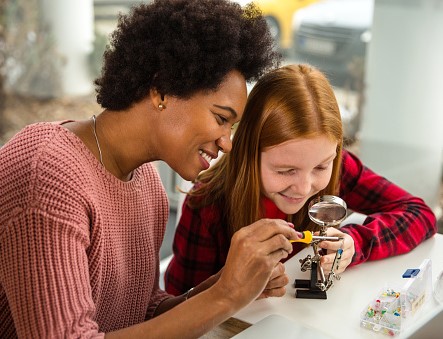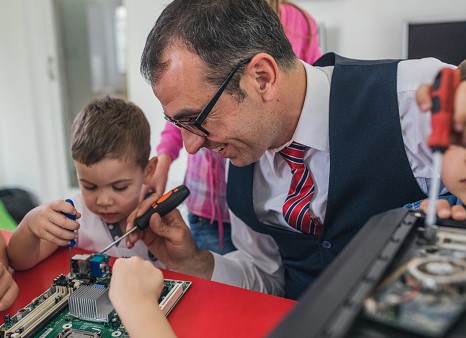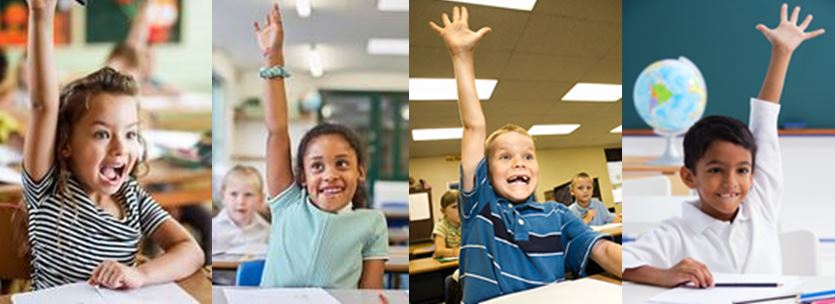
Intellectually gifted students with Very Superior reasoning abilities and potential often become bored and may feel trapped and helpless in classrooms where lock-step curriculums are limited to grade-level academic tasks and materials that are designed to reinforce skills and concepts they have already mastered. Accelerated instruction in subject areas that are in accord with a gifted student’s own interests and abilities is often needed and can be very beneficial. Gradual subject acceleration with continued monitoring of a child’s academic, social and emotional adaptation to each change is necessary.
Mentoring in a collegial manner by teachers who share a gifted student’s skills or interests and can serve as achieving role models can also be helpful. Parents and teachers should carefully consider the amount of enrichment and extracurricular activities that are planned for gifted children at home and at school. These activities should be chosen and prioritized with input from the students themselves.

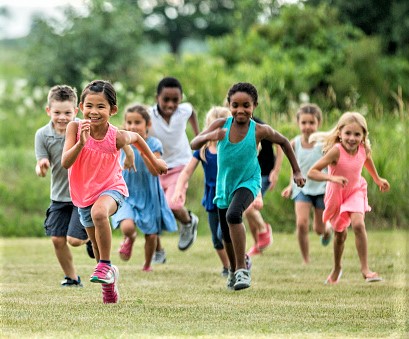
In addition, as Dr. Carla Hannaford points out in her book Smart Moves: “Movement integrates and anchors new information and experience into our neural networks.” Children’s participation in physical activities such as sports, dance, martial arts, or simply running around at recess can enable this mental integration to occur.
For sage and specific guidance concerning gifted education from Center Associate James LoGiudice, please refer to Challenging the Gifted Child: What Parents & Teachers Need to Know & Do in the Publications section of this website.

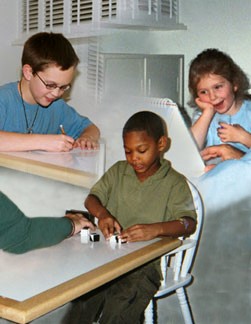
In the absence of appropriate academic challenges, gifted children may develop patterns of underachievement. Some may try to make their inadequately challenging educational environments more interesting and bearable by using their high energy levels and enthusiasm to race around engaging in non-sanctioned, class-disturbing activities. Consequently, they may be viewed as hyperactive and may be medicated in the absence of understanding concerning the underlying causes for the hyperactive behavior. Comprehensive psychological evaluations can help to identify these causes as well as remedial strategies needed to overcome the problems. Information concerning what should be included in a comprehensive psychological evaluation is included in the article on Testing Gifted Children by Center psychologists Edward Snieska, Dr. Naomi Reiskind, and Dr. Suzanne Schneider, which is included in the Publications section of this website. There, you will also find information about Parenting for Achievement and Overcoming Underachievement in publications written by Dr. Suzanne Schneider.

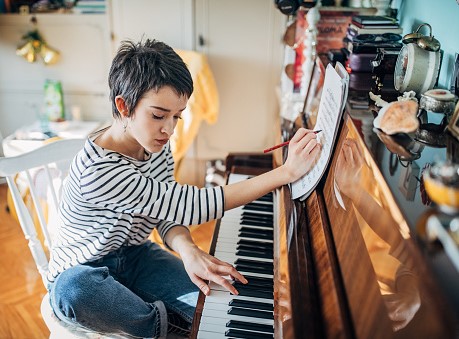
Creatively gifted children tend to perceive and process information differently from peers who are less creative, and this difference is reflected in their responses to projective testing. Creatively gifted children are likely to respond optimally when information is presented to them in a global-simultaneous manner that differs from what teachers usually do (in a linear-sequential manner). Creatively gifted students need to be given the big picture first, before they are given the facts, or be presented with problems (problem-centered learning) that engage their interests and help them focus their ideational abilities and energies and use them for their creative products.
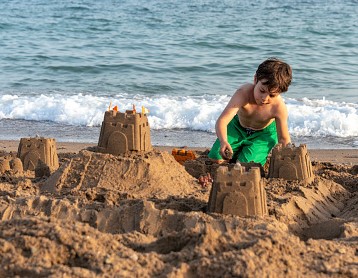
They may need to use strategies such as webbing or diagramming to explore their ideas for papers and projects and then use the webs or diagrams they make to construct formal linear-sequential outlines that help them set priorities, focus their creative energies, and explain their creative ideas in ways that others will understand.
At the same time, creatively gifted students need help recognizing the importance of developing strategies to deal with more mundane, less challenging aspects of life; and they need to learn how to verify and explain their creative ideas in linear-sequential ways that others less creative will be able to understand and support.


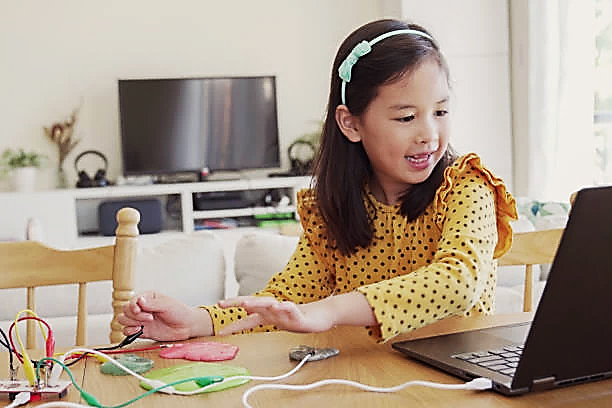
According to James LoGiudice, “The big questions now are: How will schools look as we emerge from the COVID-19 crisis? Will they be a combination of virtual and in-person learning? To what extent can academic rigor, collaborative and grouped learning for the gifted, with high-level social interaction, take place in schools and so-called classrooms where students are divided and isolated, and where sorely saddled teachers are worn-down and overwhelmed by the multiple and complex demands being placed upon them? Profound conversations about a new face for gifted education must happen on both national and state-wide levels. Where will the leadership for these conversations come from?”
Dr. Shirley Farrell, assistant professor and program coordinator for gifted education at Troy University, is one of the leaders who addresses the educational needs of gifted learners through differentiated uses of technology in her article at https://www.nagc.org/differentiating-technology-gifted-learners.
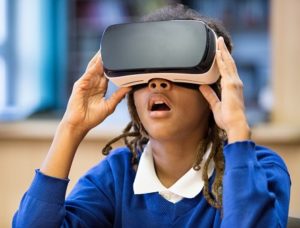
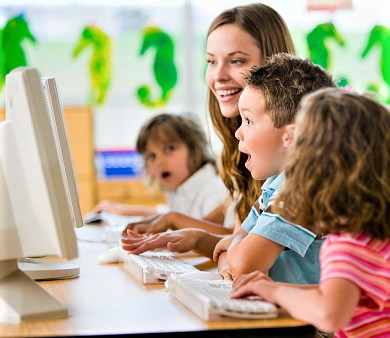
To paraphrase and add to what she has written — not only can teachers use websites and software programs to provide adaptive learning in core subject areas for students with varying needs and ability levels, but they can also use them to enable academically advanced students to work at an accelerated pace and move through content at an individually appropriate level. Students can use computers to find out more information about current classroom content or to complete independent study projects and share what they have learned with others.
Dr. Jessica Stargardter is another creative young leader who is a gifted and talented middle school teacher at Norwalk Public Schools in Connecticut. She has a Ph.D. with a focus on gifted education and online learning and was named the 2020 Outstanding Early Career Professional by the Neag School of Education, University of Connecticut. Jessica believes that virtual classrooms are uniquely suited to serve the needs of gifted students and has compiled a list of helpful tips teachers can use for remote instruction. This list is included in her article Virtual Instruction for Gifted Students at https://www.nagc.org/virtual-instruction-gifted-students.

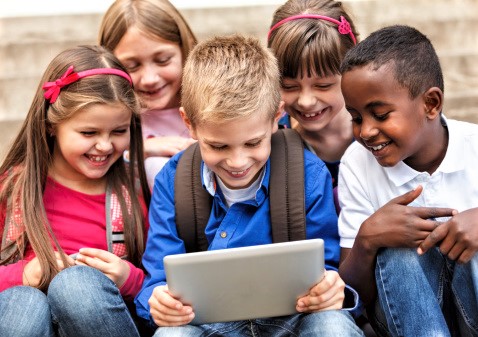
Many parents and teachers seem to have mixed feelings about video gaming. That is not surprising since some video games expose children to visuals, vocabulary and positive values that are admirable and inspiring, while others are full of violence, which children internalize and may emulate. The potential dangers are of great concern to busy parents who may be unable to review and restrict what kinds of games their children play and fear that their children may become addicted to gaming.
Regardless of the games’ content, playing video games helps children develop their hand-eye coordination and increases their spatial visualization skills.
Video games involve a learning curve that allows each player to view him/herself initially as unskilled and then learning and mastering each task and moving on to the next task or level. During this process, players learn the rules of the game through the continuing application of cognitive skills and may consequently become better at managing resources, making decisions and problem solving.
While some children react to the difficulties involved in mastering difficult gaming tasks with anger and frustration, gaming experiences may also result in increased patience and perseverance. Some people view video gaming as isolating, but children tend to view playing video games as a social activity that can create common ground and structured time for them to make friends and hang out. Online interactional group games allow children to take turns leading and following and may help players develop social and leadership skills such as negotiating and compromising, persuading and motivating, mediating disputes, and teaching others how to play the game. This may facilitate the development of appropriate and effective communication skills that enable a child to move away from being a solo player to being able to work respectfully and collaboratively with others.


While technological tools can help teachers provide meaningful and motivating learning opportunities for their students both in and outside of the classroom, trying to keep up with technological developments and choose which apps and websites will best meet the learning needs of their students is a major challenge for today’s teachers. This challenge will need to be met through changes in in-service training programs for teachers, as well as increased student and teacher access to up-to-date computer hardware and software programs.
Ideally, each student should be taught by a great teacher who can devote individual time to every child she/he teaches. However, that happens far less often than it should. We need to find ways to support teachers so that they have to spend less time lecturing, developing lesson plans, teaching to tests, grading papers and policing their classrooms, and spend more time serving as managers and coaches as they educate and inspire their students.

One way to make this possible would be to establish a curated, comprehensive, and all-inclusive national data base of educational materials and resources teachers can select from free of charge and then share with their students to enliven their teaching both in and outside of their classrooms and across the educational spectrum, not just in classes for gifted students. Resources currently available to teachers are frustratingly fragmented and often more costly than inadequately paid teachers and poorly funded school districts can afford. An integrated, curated, and freely available data base of educational materials and resources for teachers should be part of our nation’s educational infrastructure, and those who contribute to it should be compensated for their expertise and efforts.
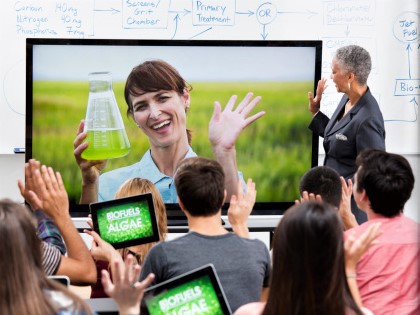
The COVID-19 crisis presented us with a golden opportunity to develop and use such a data base to enable teachers to serve as managers and coaches and make the best use of their abilities and energies. As we emerge from the COVID crisis, it will be interesting to see what approaches teachers and school personnel have used successfully to reach and teach their students during the pandemic crisis and how what they have learned may lead to a better integration of teaching methods for the future.
Back to top
